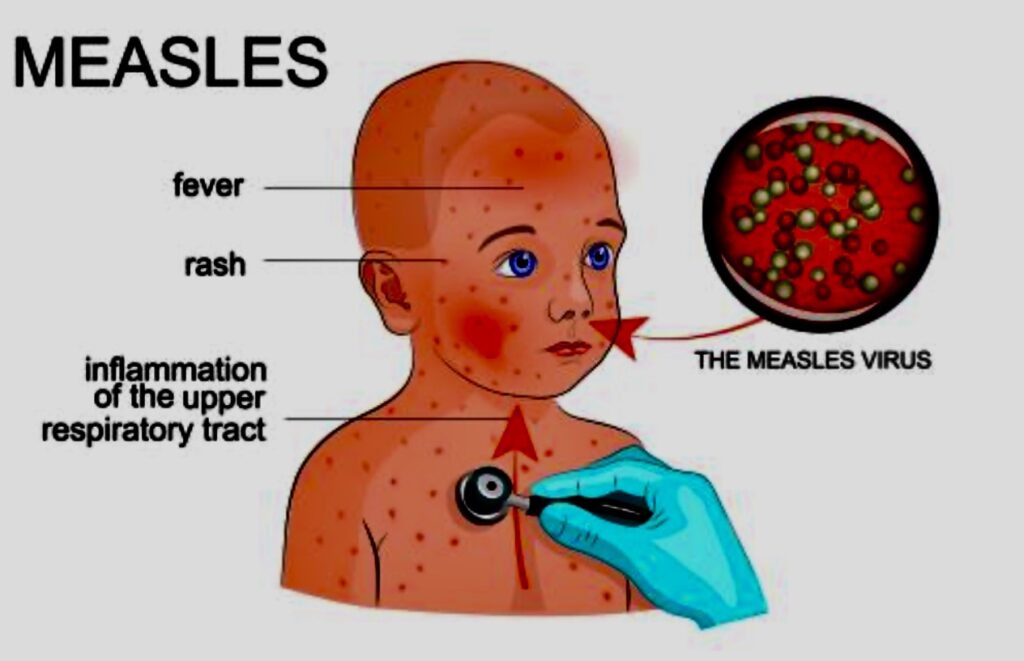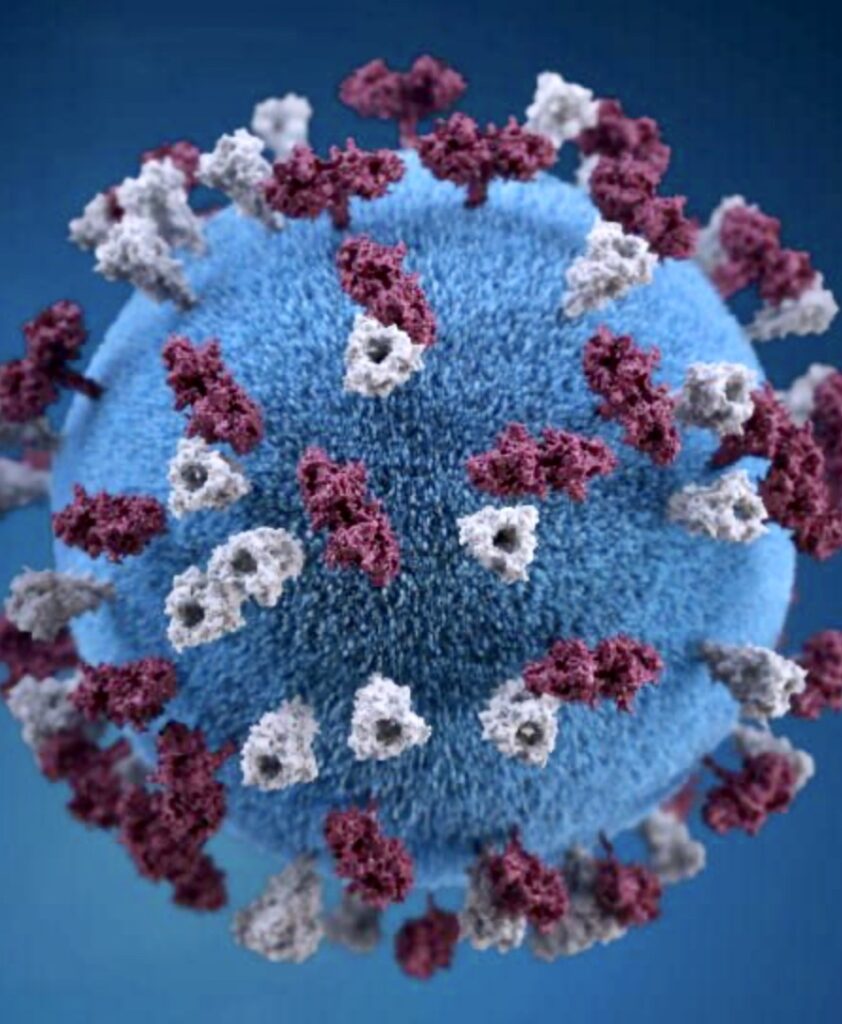By: Henrylito D. Tacio
(Second of Two Parts)
Measles has often been described as “the simplest of all infectious diseases.” It is probably the most “visible” infection due to a consistent clinical picture and the fact that virtually everyone contracted it before vaccination was introduced in the early 1960s.
Also called rubeola, measles is a highly contagious viral disease. “It is so contagious that if one person has it, 9 out of 10 people around him or her will also become infected if they are not protected,” explains the US Center for Disease Control and Prevention (CDC).
Generally, measles affects children but can occur at any age in susceptible persons. “A child can get measles just by being in a room where a child with measles has been, even up to two hours after that child has left,” the CDC cautions. “An infected child can spread measles to others even before knowing he or she has the disease – from four days before developing the measles rash through four days afterward.”
The measles virus, which is not the same virus that causes German measles, or rubella, can only be killed by sunlight. It is very active during the cold months and can remain suspended in the air for several hours.
“This is the reason there are more cases in congested urban slums,” Dr. Enrique Tayag, an epidemiologist and official of the Department of Health. “The virus spreads more easily among family members living in cramped rooms and, later, to the overcrowded community.”
Signs and symptoms of measles appear around 10 to 14 days after exposure to the virus. According to the Mayo Clinic, those who have measles will experience the following: fever, dry cough, runny nose, sore throat, and inflamed eyes. Tiny white spots with bluish-white centers on a red background found inside the mouth on the inner lining of the cheek may also be present. The most apparent: a skin rash made up of large, flat blotches that often flow into one another.
“A person with measles can spread the virus to others for about eight days, starting four days before the rash appears and ending when the rash has been present for four days,” the Mayo Clinic explains.
The CDC says complications of measles may include ear infection (occur in about one of every 10 children with measles and can result in permanent hearing loss), bronchitis, laryngitis, and diarrhea (reported in less than one out of 10 people with measles).
Severe complications include pneumonia and encephalitis. The CDC says that as many as one out of every 20 children with measles get pneumonia, the most common cause of death from measles in young children.
One good news: Those who have had an active measles infection or who have been vaccinated against the measles have immunity to the disease. Before widespread vaccination, measles was so common during childhood that most people became sick with the disease by age 20.
“Before the introduction of the measles vaccine in 1963 and widespread vaccination, major epidemics occurred approximately every 2-3 years and measles caused an estimated 2.6 million deaths each year,” the Geneva-based World Health Organization (WHO) reports.
Accelerated immunization activities have had a major impact on reducing measles deaths. During 2000-2018, measles vaccination prevented an estimated 23.2 million deaths, the WHO states. Global measles deaths have decreased by 73% from an estimated 536,000 in 2000 to 142,000 in 2018.
“Not vaccinating children can lead to outbreaks of measles, mumps, and rubella – all of which are potentially serious diseases of childhood,” reminded Dr. Neil K. Kaneshiro, Clinical Assistant Professor of Pediatrics at the University of Washington School of Medicine.
The CDC recommends children receive their first dose of MMR vaccine between 12-15 months of age and a second dose between 4-6 years old. More than 95% of the people who receive a single dose of MMR will develop immunity to all three viruses. A second dose boosts immunity, typically enhancing protection to 98%.
Vaccines are not perfect, however, but they are highly effective. “Normally, vaccines are at least 80% effective – that is, eight out of 10 children vaccinated will develop antibodies against the infection and be protected,” Dr. C. John Clemens, former medical officer with the Geneva-based World Health Organization, told this author.
Although no medical intervention is 100% safe, the risk of serious side effects from vaccines, such as severe allergic reactions, is low.
“Any vaccine can cause side effects,” the Mayo Clinic points out. “Usually, these side effects are minor — low-grade fever, fussiness and soreness at the injection site. Some vaccines cause a temporary headache, fatigue or loss of appetite. Rarely, a child might experience a severe allergic reaction or a neurological side effect, such as a seizure.
“Although these rare side effects are a concern, the risk of a vaccine causing serious harm or death is extremely small. The benefits of getting a vaccine are much greater than the possible side effects for almost all children.” – ###










